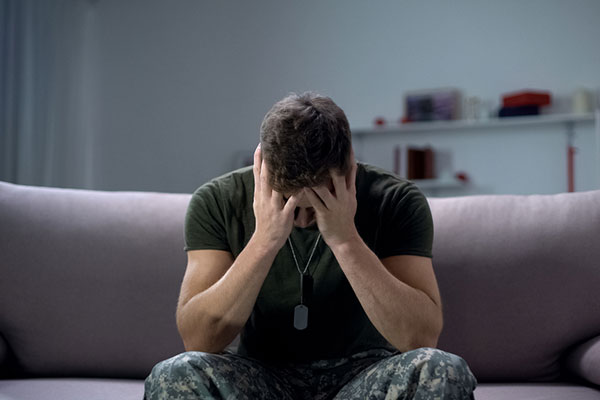Neuroscientists Isolate Promising Mini Antibodies Against COVID-19 From a Llama. National Institutes of Health researchers have isolated a set of promising, tiny antibodies, or “nanobodies,” against SARS-CoV-2, the virus that causes COVID-19, that were produced by a llama named Cormac. Preliminary results published in Scientific Reports suggest that at least one of these nanobodies, called NIH-CoVnb-112, could prevent infections and detect virus particles by grabbing hold of SARS-CoV-2 spike proteins. In addition, the nanobody appeared to work equally well in either liquid or aerosol form, suggesting it could remain effective after inhalation. “Although we have a lot more work ahead of us, these results represent a promising first step,” said Thomas J. “T.J.” Esparza, one of the lead neuroscientists of the study. “With support from the NIH we are quickly moving forward to test whether these nanobodies could be safe and effective preventative treatments for COVID-19. Collaborators are also working to find out whether they could be used for inexpensive and accurate testing.”
Brain Tissue Yields Clues to Causes Of PTSD

A post-mortem analysis of brain tissue from people who had been diagnosed with post-traumatic stress disorder (PTSD) may help explain enduring mysteries about the disorder, such as why women are more susceptible to it and whether a dampened immune system response plays a role in dealing with stress, a team headed by Yale University researchers has found. The analysis of gene expression patterns in brain tissue located in four regions of the prefrontal cortex – areas of the brain associated with higher cognitive function and executive control – revealed distinct differences in those who had been diagnosed with PTSD and those who had not. Major differences in gene activity particularly affected two cell types in PTSD patients – interneurons, which inhibit neural activity, and microglia, immune system cells in the central nervous system, the researchers report Dec. 21 in the journal Nature Neuroscience. “The findings suggest that together these changes might contribute to an impaired ability to respond to traumatic stress,” said Matthew Girgenti, a research scientist in the Yale Department of Psychiatry and lead author of the study.
How to Be Happier in 2021


New Year’s resolutions are as ubiquitous as they are difficult to keep. Does it even make sense to set such lofty goals for the new year, hoping anew each January first that this time really is the charm? Richard Ryan, an international expert on motivational research and professor emeritus of psychology at the University of Rochester, says “The evidence shows that most of the time people aren’t successful at them.”
But don’t throw in the towel quite yet. Ryan, who is also a clinical psychologist, says that any occasion that gives us an opportunity to reflect on our lives is ultimately a good thing. It doesn’t have to be on New Year’s. And he has another tip: what proves most satisfying, and may also be what’s most needed as the COVID-19 pandemic rages on, are goals that involve giving to others. “Think of how you can help,” says Ryan. “There’s a lot of distress out there: If we can set goals that aim to help others, those kinds of goals will, in turn, also add to our own well-being.”

